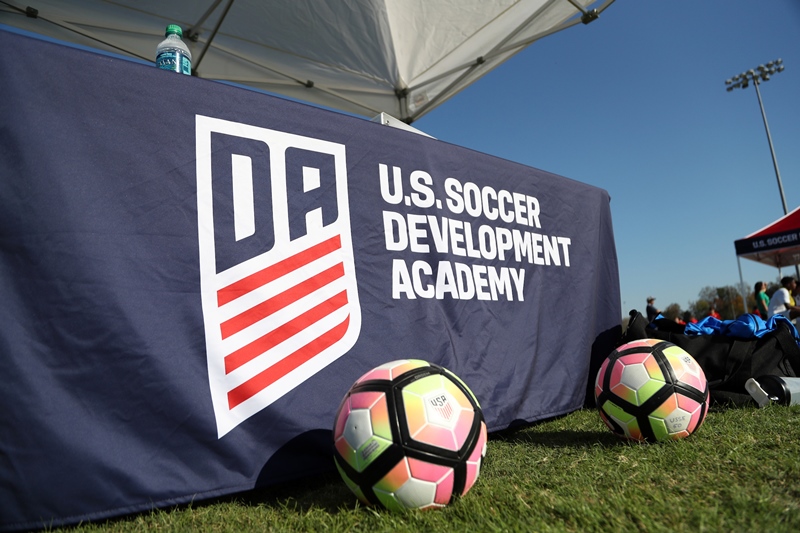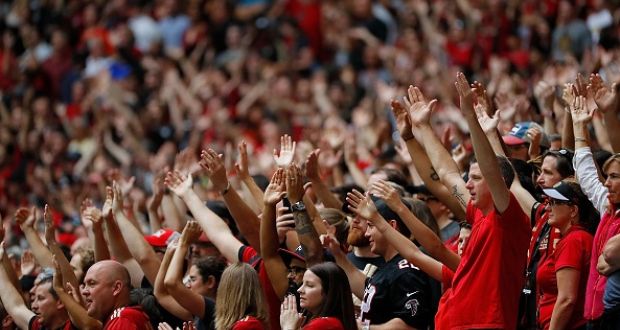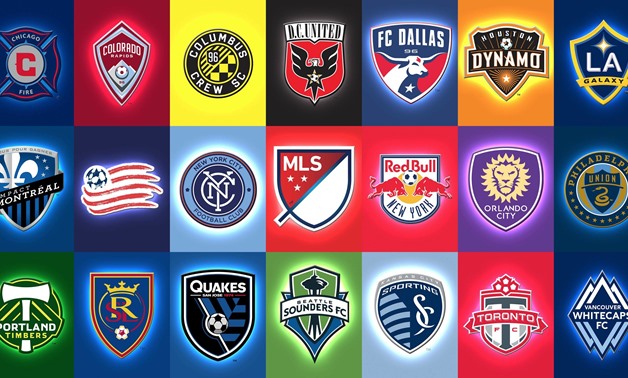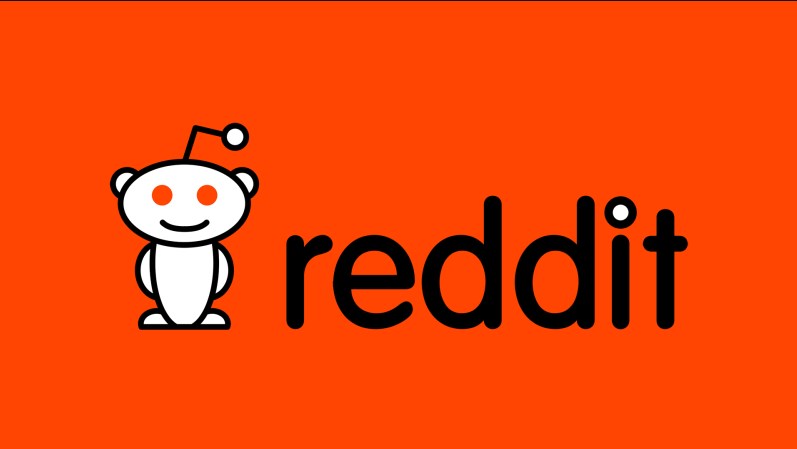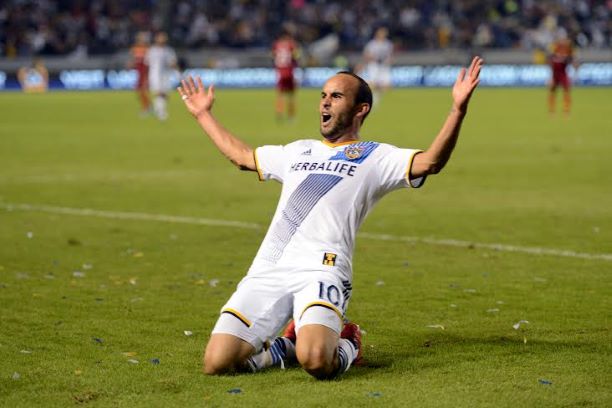Welcome Home, Harry.
Welcome Home, Harry.

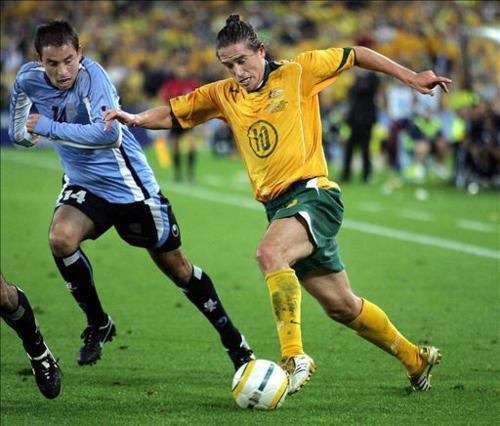
By Gina Baldassarre, writing from Sydney
After a tiring, drawn-out saga, a contract has finally been signed, the dust is beginning to settle, and the prodigal son is coming home. And no, I’m not actually talking about Cescgate.
That’s right my friends, those of us living down under have had twice the transfer drama to keep us on the edge of our seats this winter. Aren’t we truly the lucky country? (Please try to control your jealousy.) After a seemingly never-ending series of reports of bizarre wage requests and opinion pieces on which club deserves and/or needs him the most, Harry Kewell is coming home.
Well, he’s coming to Melbourne which, having grown up in western Sydney, is a bit like your boyfriend deciding he wants to shack up with the sophisticated, stylish European girl living next door that you can’t even bring yourself to pretend to like. But it’s home.
Squabbles over regional politics aside, Kewell’s signing has largely been heralded as A Very Big Deal by the Australian media. In fact, it is so big a deal that Melbourne Victory chairman Anthony Di Pietro declared it the biggest signing in Australian football, with commentators such as Mark Bosnich weighing in and calling it one of the biggest moments in Australian sport as a whole.
Now, for a nation so often insistent on relegating soccer to fourth out of four on its list of footy codes, that’s a heck of a big call to make. It speaks volumes about the status of the A-League among the general Australian public that the significance of marquee signings like Dwight Yorke, Juninho, Robbie Fowler, and hell, the signing of penalty hero John Aloisi have been thrown aside for Kewell.
Where they and other big name players have failed to keep the A-League in the spotlight beyond the first few weeks after their signing, Harry Kewell is expected to succeed. It seems that the words of Simon Hill on that fateful June morning in 2006 live on: “It just had to be Harry.”
Though it’s fair to say that Harry Kewell has had a fraught relationship with Australian football, there’s no doubt that, by and large, we all think he’s a superstar. In a country that can be easily divided according to which version of The Footy Show airs live at 9:30pm on Thursdays in each state, soccer is the code that bridges all the gaps. Unlike the names of various AFL and NRL stars, Harry Kewell is not only known around the world but is – and this is the most important part - a household name across the country.
Of course, Harry has a huge job in front of him. After a strong debut season and significant boom in relevance after the success of the Socceroos at the 2006 World Cup, the past few seasons have seen the A-League struggling to find its feet. While some have described it as a natural cooling-off period, others have blamed Football Federation Australia for focusing their attention on the failed World Cup bid instead of properly managing the league – a situation that saw expansion club North Queensland Fury fold earlier this year after just two seasons in the competition.
Though the number of football fans in Australia continues to grow, it remains a problem that so many would rather be awake at 1am on a Sunday morning watching a European league match on a dodgy stream than watching an A-League match in prime time or at their local stadium. The standard of play is too poor, we complain; the stadiums too empty; the venue security too strict and confused about the differences in what to expect from fans of the codes to allow any atmosphere; the superstars long since burned out.
Enter Harry stage left.
At the ripe old age of 32, one could say that he’s still in the prime of his career (for those of you who would argue that his prime ended at Leeds, I take your point, but go with me here for a second). If clichés are to be believed, he’s still the right age for European football, but stuck smack bang in the middle of the ages appropriate for this A-League of ours that functions as both a kindergarten and retirement home. And it’s here that those proclaiming Kewell as the saviour of the A-League have a point: all it takes is one player taking that step, and more will follow.
If getting players to the A-League in their prime is the key to a better quality of football, more bums on seats and better atmosphere, then it seems Kewell’s signing may just pay off.
In fact, it already seems to have made an impact, with long-time Blackburn man Brett Emerton, also 32, signing for hometown club Sydney FC (see, Harry, now that’s coming home) on Thursday. Of course, it would be ridiculous to suggest that the Socceroos stalwart is making the trip back to the harbour city solely because of Kewell, but one would imagine that even if it was a small one, Kewell’s decision did play a role.
What’s more, unlike his predecessor Pim Verbeek, current Socceroos boss Holger Osieck believes there’s no reason why players in the A-League shouldn’t be fit to play for Australia (it’s highly unlikely Kewell would have come back without that assurance) - another reason for our heroes plying their trade in Europe to come back home, and therefore another way for the popularity of the Australian game to grow.
There’s still over a month to go before we’ll see Kewell line up against Emerton for the Victory’s first match of the season, and most likely still many more after that before we can see if the move has translated to larger attendances; in the meantime, it’s just nice to know he’s back.
Welcome home, Harry.

